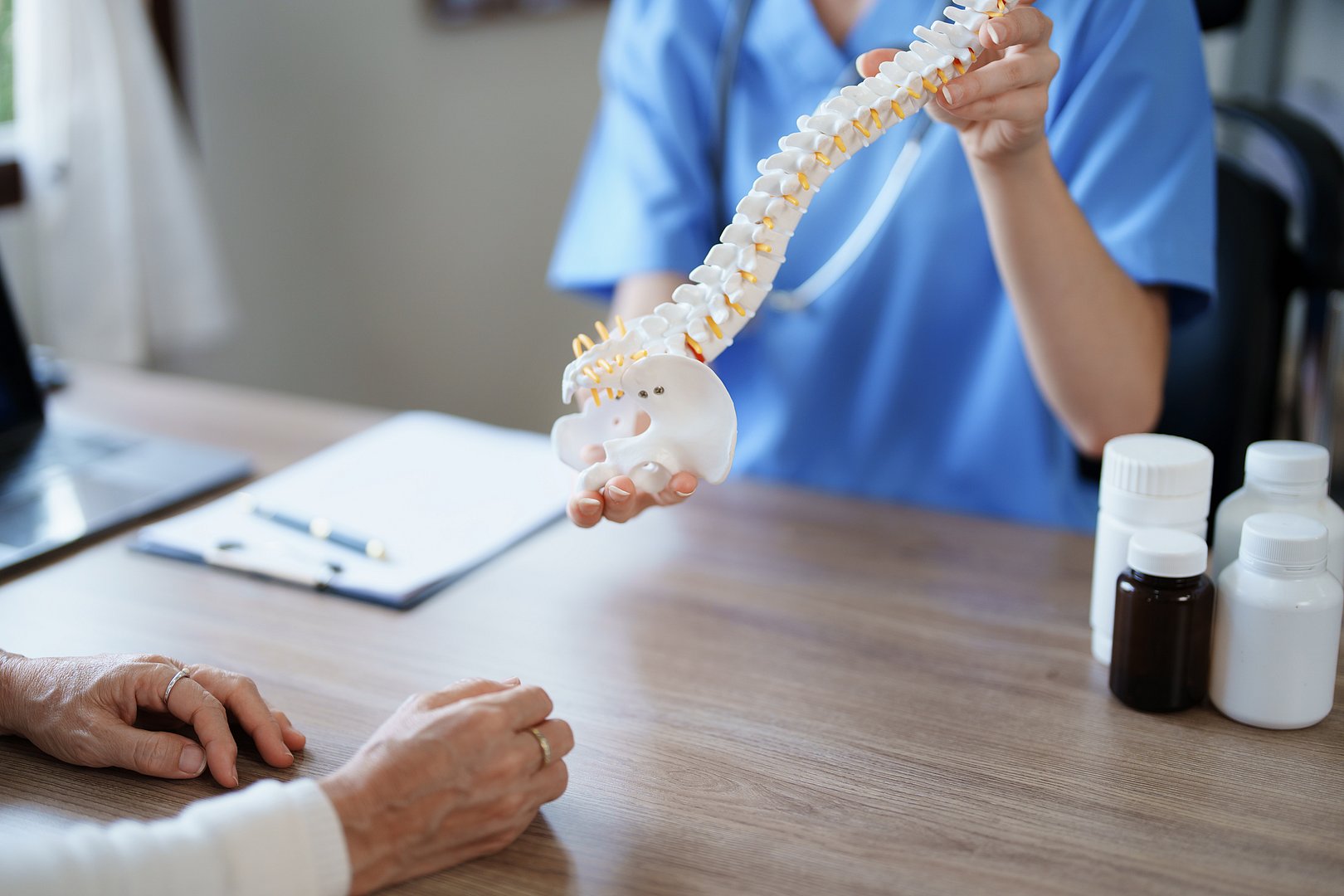Manténgase sano!

- India Edwards
- Posted February 5, 2025
Spinal Zap Implant Helps Muscle Disease Patients Regain Strength
A new spinal cord implant may help people with spinal muscular atrophy (SMA) regain some muscle function, giving them stronger movement and improved walking ability, researchers report.
In a small, month-long pilot study, three adults with SMA -- a genetic disease that weakens muscles over time -- experienced unexpected improvements after getting an implanted device that stimulates the spinal cord with low-level electricity.
“These people were definitely not expecting an improvement,” Marco Capogrosso, an assistant professor at the University of Pittsburgh who led the research, told The Associated Press. Yet “they were getting better and better.”
The findings, published Feb. 5 in the journal Nature Medicine, suggest that spinal stimulation could be a new tool for treating SMA and other muscle-wasting diseases.
SMA affects motor neurons, the nerve cells that send signals from the spinal cord to the muscles.
As these neurons deteriorate, muscles weaken, making walking, standing and even breathing difficult.
The implant delivers electrical pulses to the lower spinal cord, helping activate the muscles that have weakened over time.
Researchers tested the device on three adults with SMA, measuring their strength, fatigue, range of motion and changes in gait and walking ability when the device was turned on and off.
While it didn’t restore normal movement, the implant provided noticeable improvements with just a few hours of spinal stimulation a week.
All participants walked farther in a six-minute walking test, the study reported.
One participant who couldn’t stand from a kneeling position at the start of the study could do so by the end.
Another participant's gait changed so that each step was three times longer.
“With a progressive disease you never get any better,” study participant Doug McCullough, 57, of Franklin Park, N.J., told The Associated Press. “Either you’re staying stable or getting worse. So having any improvement is just a really surreal and very exciting benefit.”
What's more, the benefits didn't disappear immediately when the device was turned off.
Some participants continued to feel stronger for a while after treatment, though the effects did fade over time.
McCullough described feeling like his legs “would just feel supercharged" even when the stimulator wasn't on, The Associated Press reported.
Because this was a short study, however, the devices had to be removed.
McCullough added there were some lingering benefits at his six-week checkup, but none after six months.
A neuroscientist who led pioneering studies of stimulation for spinal cord injuries at the University of Louisville called the findings significant.
“Human spinal circuitry is very sophisticated -- it’s not just a bunch of reflexes controlled by the brain,” neuroscientist Susan Harkema, who is now with the nonprofit Kessler Foundation, told The Associated Press. “This is a very solid study, an important contribution to move forward.”
More information
The Cleveland Clinic has more on spinal muscular atrophy.
SOURCES: Nature Medicine, Feb. 5, 2025; The Associated Press, media report, Feb. 5, 2025







